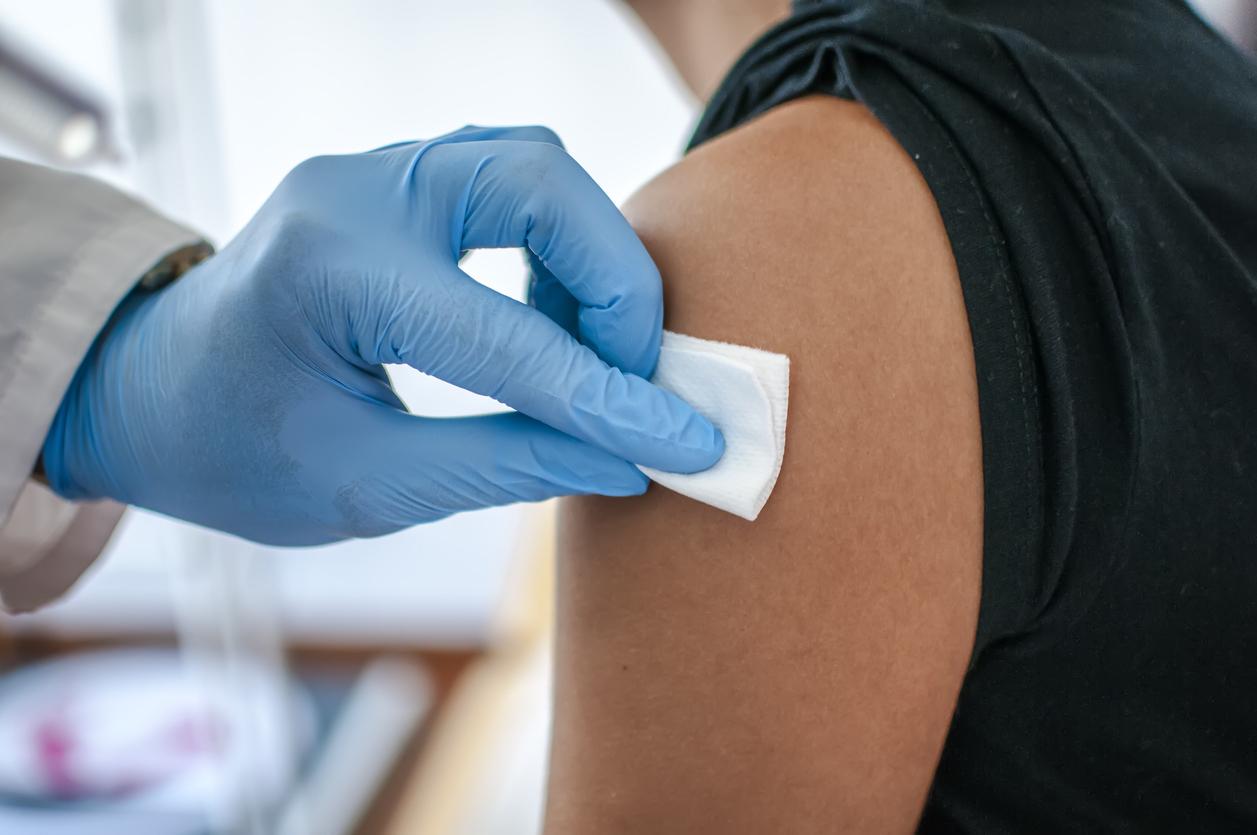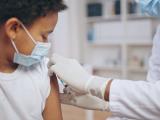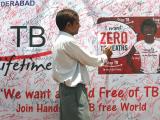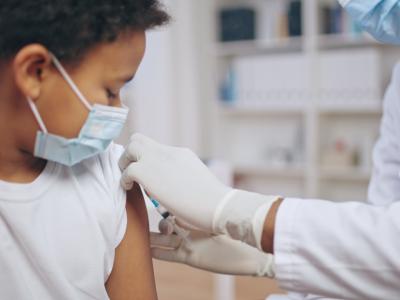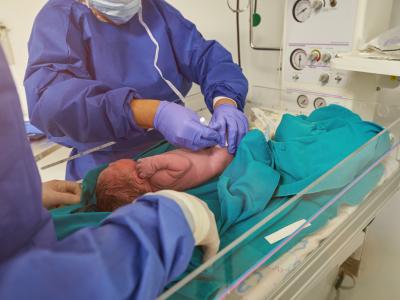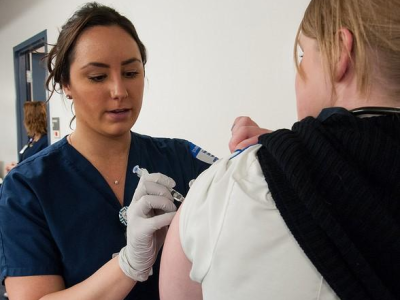Spanish biopharmaceutical company Biofabri and nonprofit scientific research organization IAVI announced today that the first doses of tuberculosis (TB) vaccine candidate MTBVAC have been administered in a large-scale safety and efficacy clinical trial.
The phase 2b IMAGINE (Investigation of MTBVAC toward Accelerating Global Immunization for a Neglected Epidemic) trial, sponsored by IAVI, will test the safety and efficacy of the live-attenuated, single-shot TB vaccine candidate in roughly 4,300 participants with latent TB in 15 sites in Kenya, Tanzania, and South Africa. The trial's first participants received doses on February 19 and will be followed up for 2 to 3 years.
MTBVAC is one of 16 TB vaccine candidates currently in clinical trials. The only licensed TB vaccine is the bacilli Calmette-Guerin (BCG) vaccine, which has been around for more than 100 years. Although the BCG vaccine is effective at preventing severe TB in children under 5, it offers poor protection against TB disease in adults and adolescents.
"The IMAGINE trial is an important new effort to develop a vaccine capable of combatting the world’s deadliest disease," Lewis Schrager, MD, head of IAVI's TB vaccine development efforts, said in a press release. "Because MTBVAC is a single-shot vaccine, we are hopeful that, if proven effective, MTBVAC could prevent millions of cases of TB disease, particularly in persons living in some of the world's most difficult-to-reach locations."
MTBVAC is being developed as both a more effective and longer-lasting vaccine than BCG for newborns and for preventing TB in adolescents and adults. The vaccine has demonstrated comparable or favorable immunogenicity and safety profiles compared with BCG in phase 2 trials in newborns and adults. It's also being evaluated in a phase 3 trial in newborns in South Africa, Madagascar, and Senegal and in a phase 2a trial in people with and without HIV.
Global toll of TB highlights need for an effective vaccine
According to the most recent global TB report from the World Health Organization (WHO), 10.8 million people globally contracted TB in 2023, and 1.25 million died from the disease. TB cases and deaths occur primarily in low- and middle-income countries (LMICs).
The MTBVAC trial's principal investigator added that, in addition to being the leading infectious disease killer globally, TB has a wide-ranging impact on high-burden countries.
"Besides the millions of resultant deaths, TB is also associated with substantial reductions in the gross domestic product of low- and middle-income countries, given that economically active young people are often affected by the disease," said Keertan Dheta, MBBCh, PhD, of the Centre for Lung Infection and Immunity at the University of Cape Town. "Even after effective treatment patients often suffer lung damage and scarring, and thus TB is the most common and important cause of lung disability in many TB endemic countries."
The global toll of the disease has prompted the WHO to push for development and distribution of a TB vaccine that is affective in all age-groups. In a 2022 report that called for more international funding for TB vaccine development, the WHO estimated that a vaccine that was 75% effective could avert up to 110 million new TB cases and as many as 12.3 million TB deaths from 2025 to 2050.
Ensuring global supply
MTBVAC was designed by researchers at the University of Zaragoza in Spain and France's Institute Pasteur and developed by Biofabri. If MTBVAV demonstrates safety and efficacy, IAVI and Biofabri say they will work together to ensure a sufficient, affordable supply of the vaccine is available in LMICs.
"Biofabri and its partners in Asia and South America will work together to help ensure a global supply of the vaccine," said Biofabri CEO Esteban Rodriguez.
The news comes amid uncertainty about the potential impact that the US Agency for International Development (USAID) funding freeze will have on global TB treatment, diagnosis, and prevention efforts. USAID is the leading bilateral donor for global TB control efforts, accounting for roughly one third of international donor funding for the disease.
